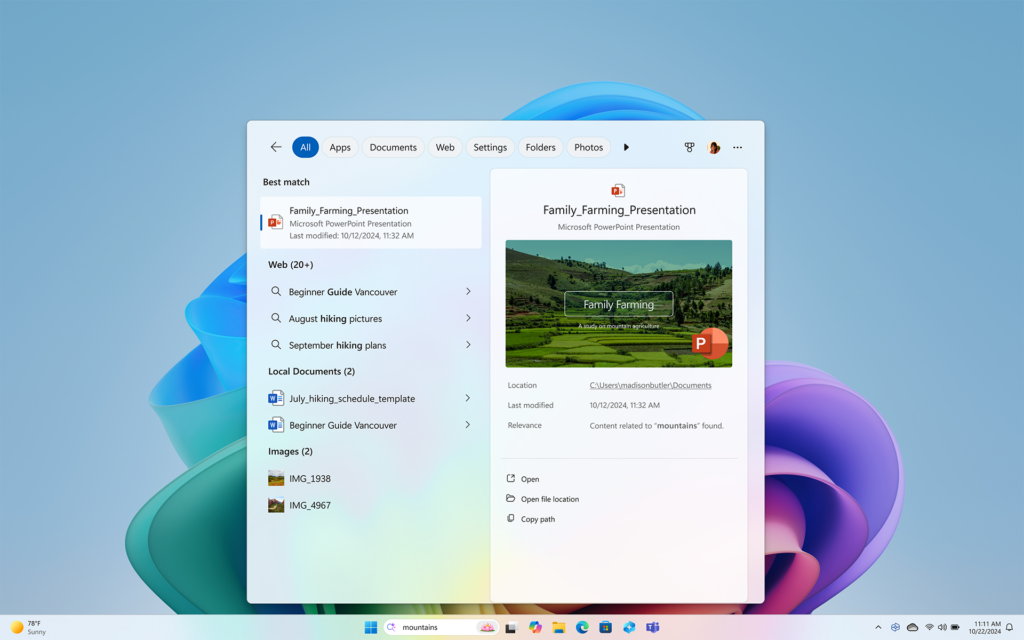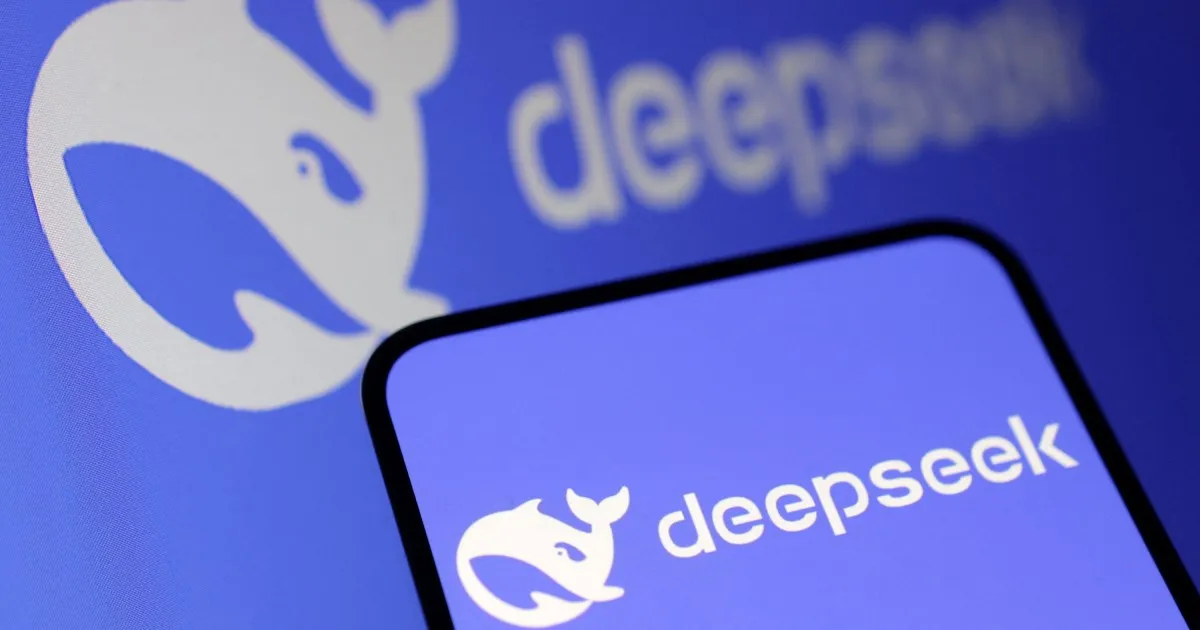When I reviewed the iPhone 7 last year, I wrote that it will be the blueprint to the future. The removal of the home button, the improved taptic feedback, the dual-lens camera and the wireless approach to the headphones will all pave way to a new ecosystem of applications by the time the iPhone 8 hits the market.
The iPhone 8 is now here.
Before we get on with the review though, we need to address the elephant in the room — or rather, the one that will enter the room soon — the iPhone X. Apple’s keynote highlighted all the new wonders that the iPhone 8 has, and shortly afterwards revealed the iPhone X which they believe to be the future of smartphones. This places the iPhone 8 in a difficult spot, as not only does it face tough competition from Android phones — especially Pixel 2 — but also from its newest sibling, the iPhone X.

A fair question to ask is: who is the audience of the iPhone 8? It’s primarily those who are on contract plans and the iPhone 8 will be their upgrade option. It’s also for people who do not want to wait for the iPhone X, those who cannot afford the iPhone X, or those who wish to wait for the iPhone X2 or 11 or whatever Apple wants to call it.
The problem with the iPhone 8 is that in the shadow of the iPhone X, the iPhone 8 seems basic. The design remains unchanged, even with the glass back. The screen is still LCD. The 128gb model is dropped. It also costs more than the iPhone 7.
That said, the iPhone 8, iPhone 8 Plus, and the iPhone X share the same core components for the most part. This includes the new chip, improved cameras, photography modes, enhanced AR capabilities, wireless charging, and glass and metal design. Aside from the front-facing camera on the iPhone X, the biggest change is the edge-to-edge OLED screen, with a ridiculous contrast ratio and HDR support.
Speaking of those screens
LCD screens are still being used for the iPhone 8 and its Plus brother, which might come as a disappointment to many since almost everyone else has moved to OLED, including Apple itself for the iPhone X. Sure, the screens are brighter, look as gorgeous as ever, and now support True Tone — which adapts the colours to the surrounding ambient light — but Apple should have used OLED. True Tone is quite good though; it’s subtle but often noticeable, and the viewing experience is much better and easier on the eyes, though you might want to be careful when you’re editing photos and need high colour accuracy. True Tone can be quickly toggled on and off, thanks to the new control centre.
Cheers to Glass
As you can guess by now, side by side, the iPhone 8 doesn’t look much different than the iPhone 7, or the 6s or 6 for that matter either. The back now boasts and all-glass panel that is gorgeous to look at, but fills you with immediate dread with the perceived fragility. Though Apple has emphasised that this is the strongest glass ever used on a smartphone, we all know we should take this with a grain of salt. For me in particular, with the phone on me every weekend on a hiking trail and fixing it between tree branches for photos, a case is an absolute must. That’s a shame really, because iPhones are absolutely great to hold without a cover, but one has to be practical.
The biggest change that the glass bank brings, other than the colours appearing quite different than the previous models, is wireless charging support. iPhone users can now finally charge their phones wirelessly using the Qi standard which is widely used by other phones. Thank you Apple for using a standard technology for something that is so critical.
As fancy as wireless charging is though, there are a few things to consider. Most wireless chargers are quite slow, and fast chargers could be pricey. Apple is to release a big charging pad that supports all its current wireless devices — the iPhone, Watch, and AirPods — but we will have to wait and see how fast it will be.
Better cameras, but still bad macro
Apple prides itself in having the best camera on a smartphone, so as is tradition with every iPhone, the technology has been bumped up a bit. The camera on the iPhone 8, 8 Plus and X is identical, bar the new portrait modes in the latter two. The quality of the sensor has improved, with bigger and “deeper” pixels that allow for better night photos as well as dramatically improved HDR.

Speaking of HDR, it’s now always on by default, but should you wish to have control back, you can do so from the settings. I tended to not use HDR in many photos in prior phones and only switched it on when I needed to, but the HDR on the iPhone 8 is so good that I do not mind it being on all the time. The highlights and shadows in an HDR selfie look a lot less erratic than on previous models, and the back camera takes really good images. There is significantly more detail in the shadows, and the highlights are not blown out like in previous phones. More significantly, the reds receive a boost, yielding warmer skin tones that are more natural.
There is even good news for those who like to take photos with the flash on: the camera now shoots in low-sync flash. In simple terms, this means that the camera will collect ambient light and fire a gentler flash at the subject, giving you an evenly lit subject with the background visible, as opposed to a pale-ghost subject with a dark background. This will be great for every night owl who uses the iPhone.


Great news for videographers is the addition of 4K at 6o frames per second as well as slow motion at 1080p with 240 frames per second. This is a significant step-up over previous iPhones, though one should note that playing back 4K at 60fps is difficult on most current computers, laptops, and even other phones — but this is where the future is heading to.
The downside is that, yet again, the macro on the iPhone is still behind the competition. It’s only gotten marginally better over the years, but honestly I do not see why Apple struggles so much in macro or shot range focus, other phone manufactures have been doing it for years.
The biggest tangible change is iOS 11
Naturally, the new iOS is here with the new iPhone. I immediately fell in love with the refreshed design, the bolder fonts, and the control centre (which Apple allows you to customise!). It’s also the biggest tangible change. While the iPhone 8 boasts a super-charged Bionic chip, most people will not notice the boost in speed in daily use. There is a noticeable difference when I am applying filters and exporting edited photos from Snapseed and Lightroom, but the iPhone 7 was never a slow performer by any stretch of imagination. That means that aside from the camera, the biggest tangible change for most people is iOS 11, and you can benefit from most of what it brings on older phones as well.
It’s great and all, but…
… there’s the iPhone X. The biggest problem that the iPhone 8 faces is that it has already been rendered sort of obsolete by Apple’s own iPhone X. This isn’t a case where you had the flagship iPhone 5s and a smaller, cuter, plastic iPhone 5c; this is a case where you have a lineup of three flagship phones with no core difference other than screen technology and Face ID. The iPhone 8 Plus in particular is in an odd position since the price jump between it and the X is not significant to warrant its purchase, relying mostly on its size appeal and immediate availability.
While the iPhone 7 was paving a way to the future, the iPhone 8 seems to be the end of an era. It is a bridge between the iPhone 7 — which disrupted many an iPhone user’s experience — and the iPhone X — which is going to disrupt the market yet again. The iPhone 8 is a safety net for those who do not want the drastic change. It is the last iPhone of its kind, refined over the years and has hit its innovative ceiling without changing radically — but it is also behind the competition in terms of design and appeal. The iPhone 8 is certainly an odd phone to exist, but it’s the last iPhone that is in the “comfort zone”.














